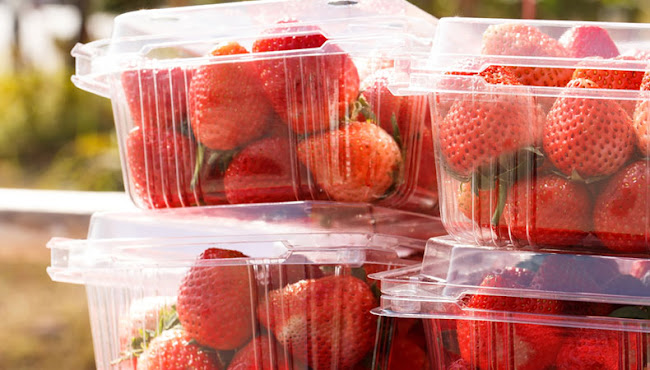What are the challenges faced by companies operating in the Indian snacks market?

The Indian snacks market is a highly competitive and complex market with many challenges for companies operating in the space. The market is constantly evolving with changing consumer preferences and emerging trends. In this article, we will explore some of the key challenges faced by companies operating in snacks market size in india . 1. Intense Competition: The Indian snacks market is highly competitive with a large number of players operating in the space. Both multinational companies and local players compete fiercely for market share. With consumers having a vast range of options to choose from, companies need to continuously innovate to stay ahead of the competition. 2. Changing Consumer Preferences: With an increasing health consciousness among consumers, there has been a shift towards healthier snack options. This has led to a decline in the demand for traditional snacks that ar...






